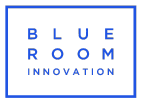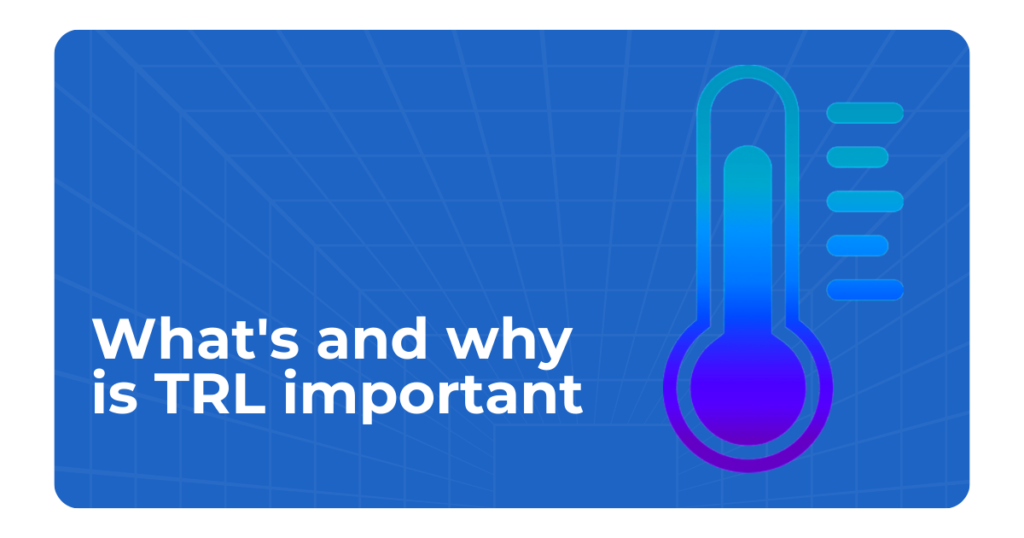

What's and why is TRL important?
In the innovation ecosystem and especially in the financing of innovation, it is important to be able to understand in a rapid and universal way in which state of technological maturity a project is found. For this, the TRL (Technolgy Readiless Level) level is used as a measure. The TRL of a product ranges from level 1 to 9, with 1 corresponding to the first phases of ideation and 9 to the full deployment in the market.
Originally from NASA
The origin of this clarification comes from NASA, which in 1989 formally defined 7 levels of TRL, with the aim of measuring the degree of maturity of space technology. Eventually, the original definition became in 9 levels in the decade of 1990.
Later from 1999, and as a result of an investigation by the government of USA, Department of Defense This country incorporated the TRL for the acquisition of weapons technology.
Similarly, the Commonwealth of Australia began using TRL. Around that time, the use of TRL spread among other government and military organizations in English-speaking countries and the European Space Agency.
The choice of the TRL in the EU policy was proposed in the final report of the first HLG-KET (High-Level Expert Group on Key Enabling Technologies), and was first implemented in Europe for the EU framework program Horizon 2020.
Since then, the measure has become the universal term to present the level of technological maturity of a project anywhere in the world in public and private calls for innovation.
What are the TRL levels?
Level 1 - Basic Research
This is the lowest level of technological maturity. Scientific research begins to translate into applied R&D.
Examples may include paper studies of the basic properties of a technology or experimental work consisting primarily of observations of the physical world. Supporting information includes published research or other references that identify the principles underlying the technology.
Level 2 - Applied Research
Supporting information includes publications or other references that describe the application being considered and that provide analysis to support the concept. The move from TRL 1 to TRL 2 moves ideas from pure to applied research. Most of the work is analytical or paper studies with an emphasis on better understanding science. The experimental work is designed to corroborate the basic scientific observations made during the TRL 1 work.
Level 3 - Critical function, proof and establishment of the concept
Active research and development begins. Laboratory studies seek to validate analytical predictions of individual components of the technology. Examples include components that have not yet been integrated or are not representative.
Level 4 - Laboratory analysis of the prototype or process
The design, development and laboratory analysis of the technological components is carried out. Here, the basic technological components are integrated to work together. It is a very simple prototype compared to what it will turn out to be in the end.
Nivel 5 – Análisis de laboratorio del sistema integrado
The basic technological components are integrated with real elements to be analyzed in a simulated environment. This is a 'hi-fi' prototype compared to the final system.
Level 6 - Verification of the prototype system
The good prototype, from level 5, is analyzed in a relevant environment. The system or process demonstration takes place in an operational environment.
Nivel 7 – Demostración del sistema piloto integrado
The prototype is close to the planned operational system level. The final design is virtually complete. The goal of this level is to eliminate engineering and manufacturing risks.
Level 8 - The system incorporates the design
The technology has been proven to work in the final part under the expected conditions. In most cases, this level represents the end of true systems development use.
Level 9 - The system is ready for full scale use
Here, the technology takes its final form and is ready for commercial deployment.
How to increase the TRL of an innovation project?
The different innovation financing programs can be aimed at projects based on a specific TRL. There are programs designed to mature an idea (for lower TRLs) and programs that require a minimum TRL to be able to access them.
To increase the TRL of a project and be able to justify the point at which a project is located, it is advisable to have a member on the innovation team who has sufficient knowledge of the measure.
If this profile does not exist in the company or research team, innovation consultancies, such as Blue Room Innovation, can be the innovation partner you need to increase the TRL of your projects and prepare proposals for calls for public and private funding.
Blue Room Innovation references:
- RECICLOS - project co-created with Ecoembes from TRL 1 to TRL 9.
- PORTNET - Blue Room Innovation's own project from TRL 1 to TRL 5 today.
- SCENTS - Blue Room Innovation's own project from TRL 1 to TRL 5 today.
Programs in which Blue Room Innovation advises its clients:
- Horizon Europe
- EIC Accelerator
- Eurostars 2
Sources
From NASA to EU: the evolution of the TRL scale in Public Sector Innovation
Products
Digital Product Passport
Descentralized platforms
Descentralized Identity
Verificable Credentials
About us
Team
Methodology
Our Mission
Connect
Cristòfol Grober 4, local 35
17001 - Girona
info@blueroominnovation.com
Follow us
Copyright © 2024 Blue Room Innovation Privacy Policy - Legal Warning - Cookies Policy